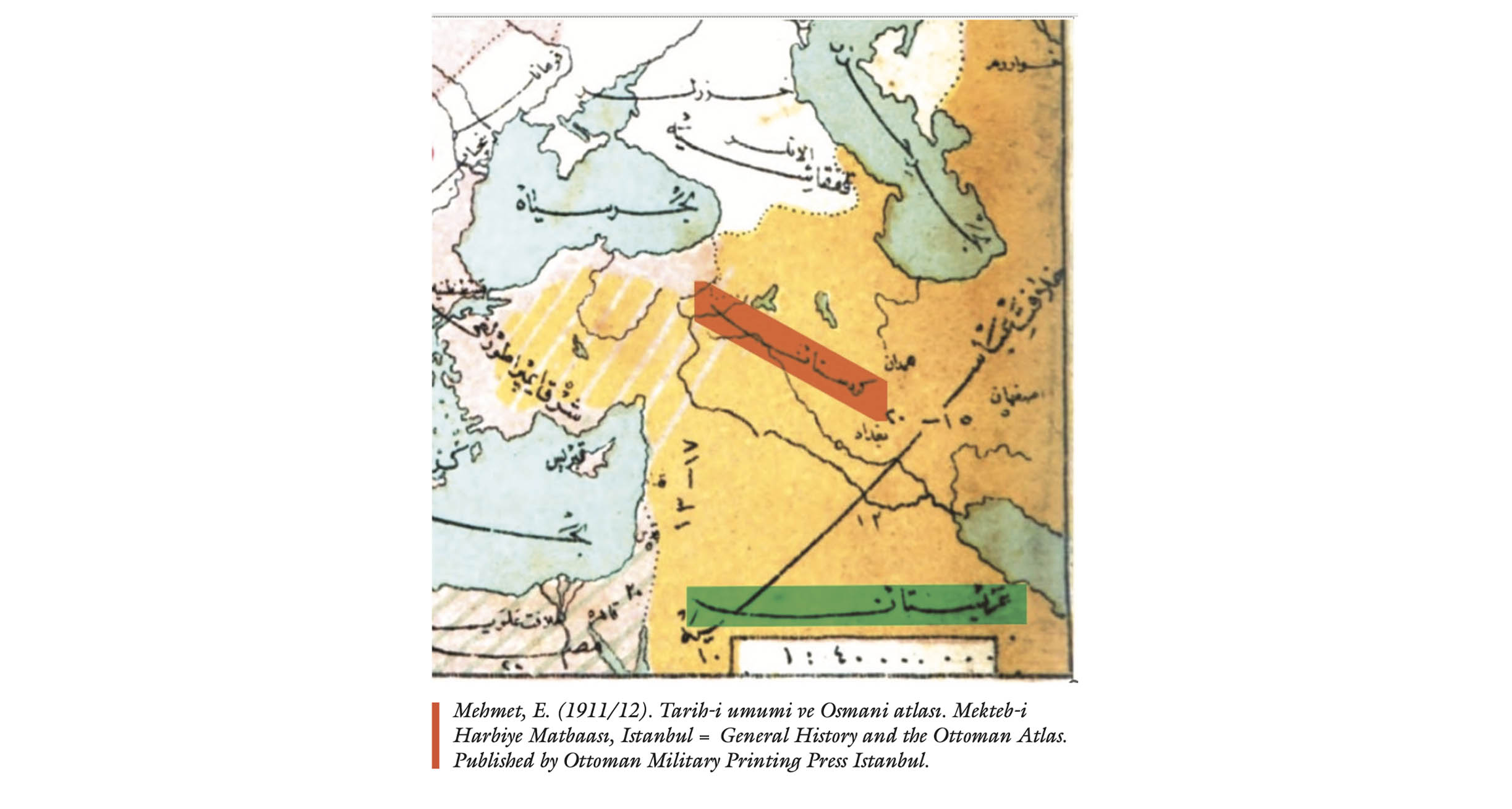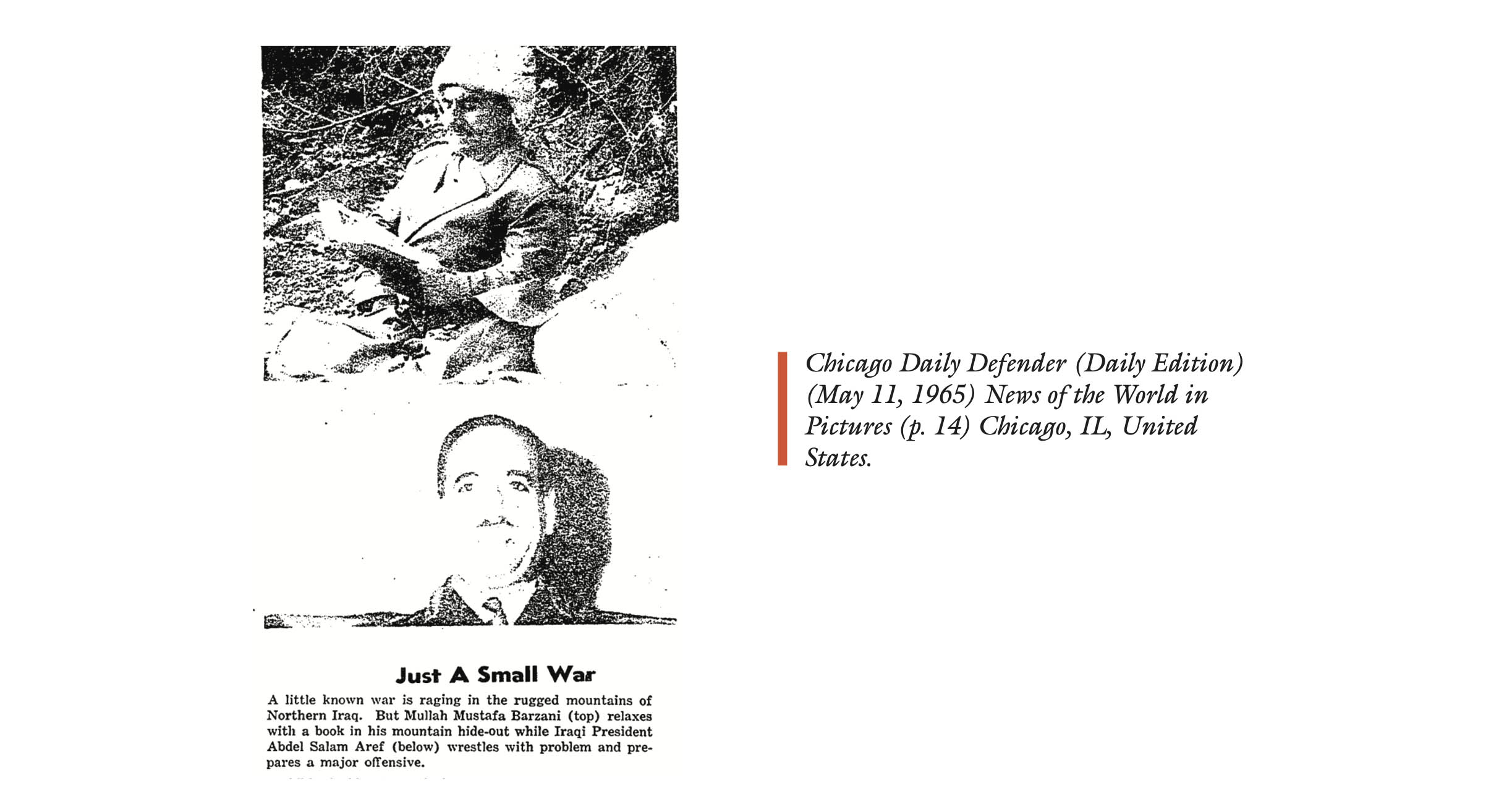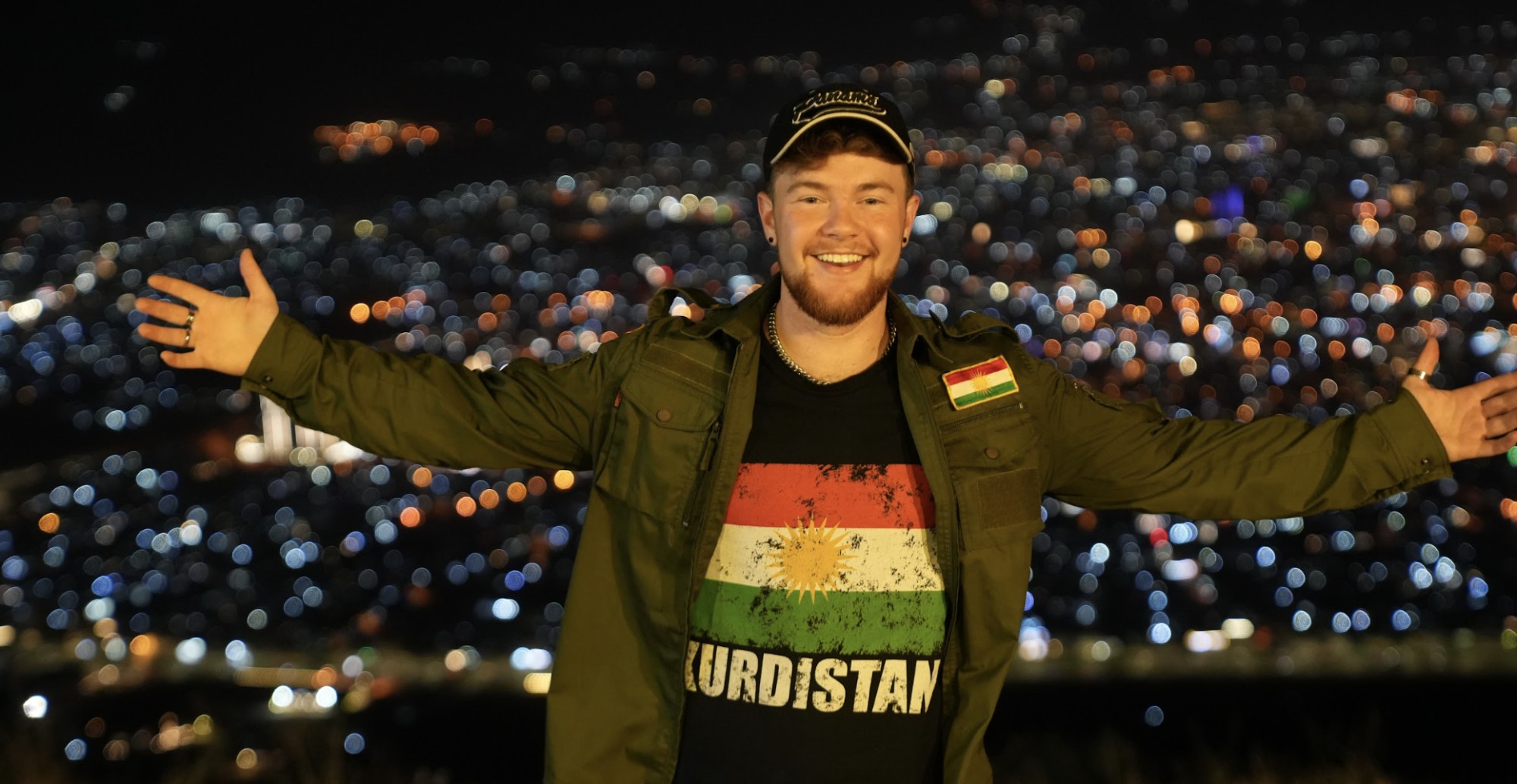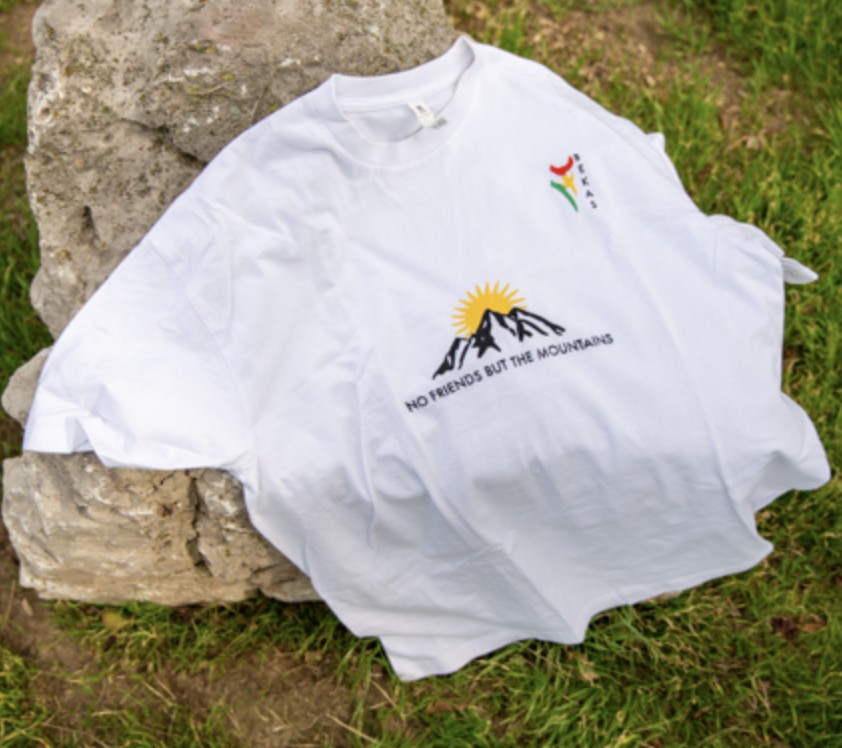On 30 November 1970, a journalist from the Los Angeles Times asked Mustafa Barzani to describe what qualities define a leader, to which he responded, “A leader should be judged by what he has done for his people.” The diverse quality and quantity of visitors to the Barzani National Memorial (BNM) reflect this sentiment: the people of Kurdistan appreciate what Barzani did for his nation.
Kurdistan is one of the oldest nations in the world. In the greater Middle East of the 760s, there were only two nations with their current names, Kurdistan and Arabistan, as seen in the Ottoman map of the early Abbasid era below.
However, the Treaty of Lausanne, signed on July 24, 1923, by the victors of World War I, legally and politically eliminated the Kurds and Kurdistan from the face of the earth for the first time in history.
Since then, Kurdish patriotism became criminalized by the states that were established on the lands of the Kurds, and the Kurds have been subject to mass murder, imprisonment, deportation, and persecution, with “no friends but mountains.” After many years of fighting and struggle, on March 11, 1970, Mustafa Barzani finally forced legal and political recognition for Kurdistan with an agreement for autonomy with the state of Iraq.

Since BNM opened on May 11, 2023, it has been overwhelmed by visitors from across greater Kurdistan and the diaspora and by diplomats and international delegations. It has remained open every day except the first day of the Eid holiday and is scientifically organized according to the best international practices of museum curation.
In the main entrance to the museum, a mosaic mural presents the liberation movements led by the Barzanis, including Sheik Abdulselam Barzani (1903), Sheik Ahmed, and Mustafa Barzani, all of which aimed for the peaceful co-existence of ethnic and religious diversity in Kurdistan, environmental protection, women's freedom, and social justice for all. These murals thus set the stage for the rest of the museum’s presentation of Kurdistan and how the Barzani movements were at the vanguard of freedom and social justice.
After the mural, visitors learn a short history of Kurdistan and Barzani, which is based on scientific methods using official international documents. After that, they watch a 20-minute documentary film on the liberation movements before entering a part of the museum that presents photos of the movements’ leadership and its major events, as well as the personal artifacts of Mustafa Barzani and Idris Barzani.
From here, visitors move to a gallery that displays the weapons through the liberation struggle from Sheik Abdulselam to Mustafa Barzani. In addition, a gallery displays photos of the massacres and crimes committed against the people of Kurdistan and humanity. In the second section of this gallery, there are portraits of the leaders of the major Kurdish resistance movements and in the third section, various photos of historical sites in Kurdistan. Finally, the visitors see the cars used by Kurdistan’s leaders.

Emotional outpourings from visitors
Most visitors express their admiration for the museum and are proud that Kurdistan has built such a great institution. Many pray for the founders of the museum.
Some are overwhelmed by emotion and pray and cry when they enter and see Mustafa Barzani photos. These occurrences become quite emotional for us as museum staff, and handling them is our biggest challenge but also one of the most rewarding. Some of their sentimental attachments, respect, and regard for Mustafa Barzani extend beyond imagination.
For instance, some visit the museum before going to Mecca for their pilgrimage, making Barzani their first stop on their journey. Another group visited after they had completed their pilgrimage, making Barzani the final step of their pilgrimage.
The other day a highly educated group of religious women from the Qadari sect of Islam visited the museum and played their duffs (framed drums) while singing hymns for Barzani. It was quite emotional and spiritual, and they played and sang in the museum's private meeting room.

Others who might have been part of the Barzanis’ peshmarga or belong to peshmerga families and have grown up hearing of the legend of Barzani, will display similar emotional reactions. Nevertheless, regardless of religion and political orientation, most patriots of Kurdistan consider Barzan their Mecca and Barzani their national hero.
Mostly, visitors feel happy and further enlightened by learning more about the history of Kurdistan and Barzani from their visit. Regardless of educational level, every visitor learns something new and frequently they express their gratitude.

BNM Logo
In its first two months, more than 30,000 people from all walks of life have visited BNM. Considering the population of the Kurdistan Region of Iraq and the museum’s location, BNM had more visitors per capita than the Nelson Mandela Museum in Johannesburg, South Africa, (NAMANYA, M. (2023, June 19). A day at Nelson Mandela museum ) or the Madurai Gandhi Museum in India. (The Times of India (2022, May 22. Footfall at Madurai Gandhi museum)
We are proud of this early success and remain open to welcome all visitors to this vital part of the history of Kurdistan.
Amed Demirhan MLIS., MADR is General Manager/Director of Barzani National Memorial

